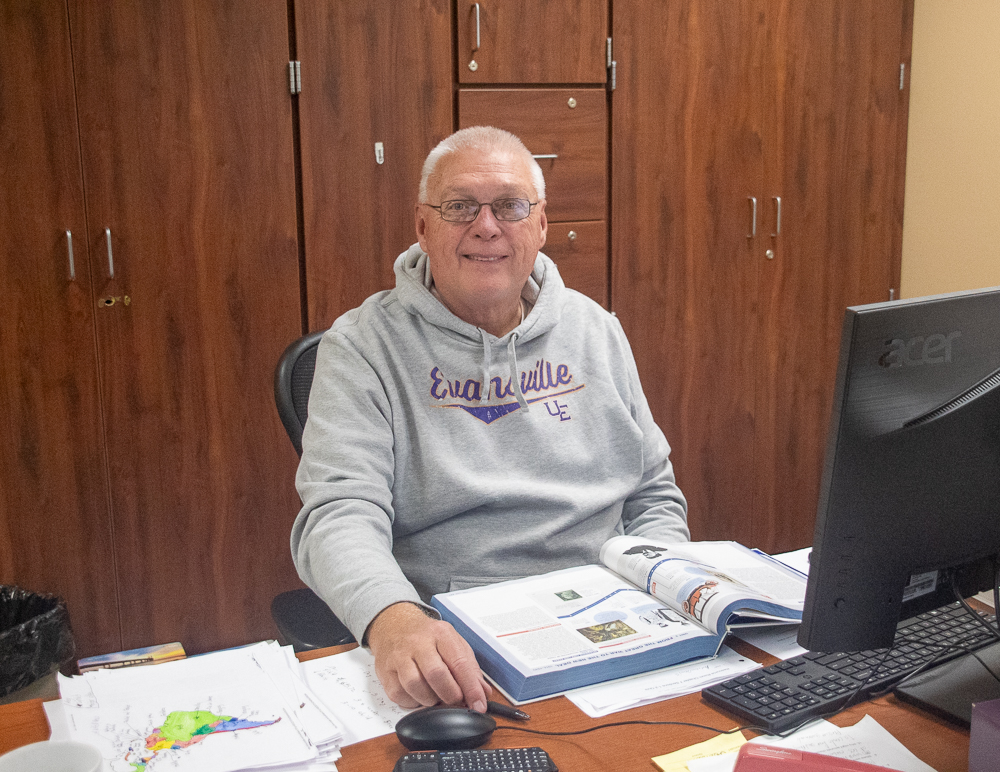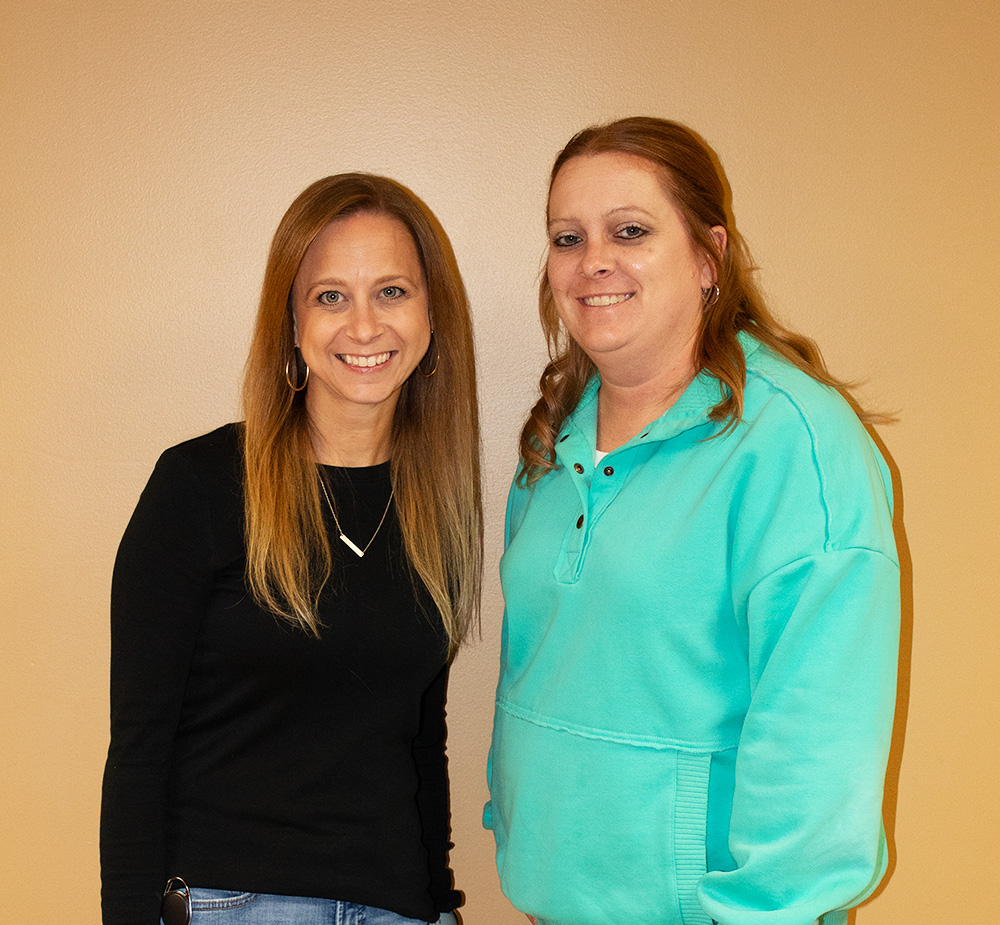Sophomores and juniors at Gibson Southern experienced new changes while taking the Preliminary Scholastic Aptitude Test on Oct. 18. The College Board introduced several adjustments to the test this year, including a digital platform and short section times.
“This is the first time we’ve taken the PSAT digitally,” said Gibson Southern Guidance Counselor Kelley Asay. “While there have always been four sessions, they really shortened all of them. The first session for each part was a wide variety of questions, and the second part was adaptive.”
The new adaptive testing ensured that students’ tests were better tailored to their skills. The initial session of each section assessed the student’s knowledge on various topics, followed by a personalized session with questions the student was well-equipped to answer.
“In the past, when sophomores would take the PSAT, there is a lot of math and English they haven’t seen yet, so it can be very overwhelming,” Asay said. “I think they finish the test feeling much better about it.”
Students like junior Claire Spindler were happy with the changes made to the PSAT this year.
“I think it’s a good way to evaluate everyone at their own level and give everyone a fair chance,” Spindler said. “I also prefer the test being on computer compared to paper.”
However, students were not the only ones affected by the differences from previous years. Teachers administering the tests also had to adapt to the changes.
“I definitely think from a teacher’s standpoint, it was easier to administer,” math teacher Diane Nurrenbern said. “We had to watch a few videos concerning test administration before test day, but test day was easy. On the digital version, the directions we read were much shorter and a clock is embedded in the test so we did not have to keep track of time.”
While the test day ran smoothly with few difficulties, Asay had concerns leading up to the test. She had very little experience with the new format and could not answer many of the questions she had received.
“I won’t lie, before the test I was extremely nervous,” Asay said. “The teachers were all being patient with me, but there just was not a lot provided by College Board to really show us what this would look like. Nothing showed us what it would look like on the screen.”
Despite the little information they were given, Asay, as well as test administrators like Nurrenbern, feel that the test day was efficient and had little issues.
“I think things went very smoothly,” Nurrenbern said. “Mrs. Asay had everything ready to go and was available for questions. Mrs. Sefton and the office staff were also very helpful in making things run smoothly.”
Although the new PSAT received positive feedback from students and teachers alike, there are ways the test can be improved. For example, while the digital test is convenient, Nurrenbern feels that the students could have a disadvantage during certain sessions.
“The main thing I do not like about online math tests is some students try to do too many calculations in their head and don’t take advantage of the scratch paper given,” Nurrenbern said. “I see a lot of little mistakes happening. It’s too easy to just click an answer and move on with a digital test.”
Given the changes made to the PSAT, Asay believes that there is potential for similar adjustments to the Scholastic Aptitude Test.
“My guess would be that for us, when we take the SAT here, it will operate the same way,” Asay said. “Even though that test is an Indiana accountability standard, I think now that we’ve got it all set up, it will run the same way as it would if you took it any Saturday or anywhere for a SAT school day.”
Students who took the PSAT at Gibson Southern on Oct. 18 can expect their score reports to come back on or around Nov. 16.








